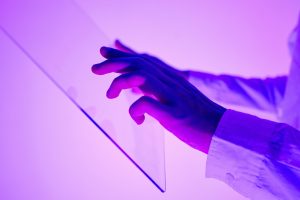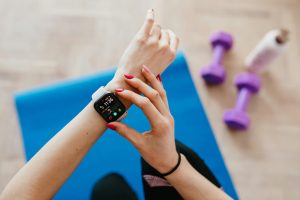Understanding the Different Types of Sensor Calibration Techniques
Sensor calibration is an essential process for ensuring the accuracy and reliability of sensor readings. As technology continues to advance, the demand for precise and efficient sensors has only increased. Whether it is in the field of medicine, automotive, aerospace, or any other industry, sensors play a crucial role in collecting and analyzing data. However, with constant use and exposure to various environmental factors, the accuracy of sensors can vary over time. This is where sensor calibration comes in, allowing sensors to maintain their reliability and accuracy. In this article, we will delve into the different types of sensor calibration techniques and understand how they work.
What is Sensor Calibration?
Sensor calibration is the process of adjusting and aligning a sensor’s measurements to a known standard. It involves comparing the output of the sensor with a known and traceable reference to determine if any deviations or errors exist. The results of this comparison are then used to adjust the sensor’s measurements and restore its accuracy.
The Importance of Sensor Calibration
Calibration plays a vital role in the accuracy of sensor readings. Without proper calibration, sensors can produce incorrect results, leading to costly and critical failures. This is especially crucial in fields where even a slight deviation can have severe consequences, such as medical equipment or space exploration. Inaccurate sensor readings can also lead to incorrect decisions and ultimately affect the quality of products or services. Regular calibration ensures the reliability of sensors and maintains their accuracy throughout their lifecycle.
Types of Sensor Calibration Techniques
There are various sensor calibration techniques, each with its own advantages and applications. Here are some of the most commonly used techniques.
1. Static Calibration
Static calibration, also known as single-point calibration, involves comparing the sensor’s output at a particular point or known reference point. This reference point is usually the zero point, where the sensor should produce an output of zero. The difference between the actual output and the reference point determines the calibration error.
This technique is commonly used for temperature sensors, pressure sensors, and other sensors that have a linear response to inputs. Despite being a simple and efficient method, static calibration does not take into account variations in the sensor’s response over its entire range.
2. Dynamic Calibration
Dynamic calibration involves comparing the sensor’s output at multiple points across its entire range. This technique considers the variations in the sensor’s response and provides a more comprehensive accuracy assessment. It is commonly used for sensors that have a nonlinear response or produce outputs based on multiple variables. Dynamic calibration involves precise and meticulous testing, making it more time-consuming and expensive than static calibration.
3. Field Calibration
Field calibration, as the name suggests, is performed on-site or in the field where the sensor is being used. It involves exposing the sensor to the same conditions it will experience during its normal use and comparing its output to a known reference. This type of calibration is commonly used for sensors that are not easily transportable, such as large machinery or equipment.
4. In-Process Calibration
In-process calibration is performed while the sensor is in use, without interrupting its normal functioning. This technique involves continuously monitoring the sensor’s output and comparing it to a known reference. This allows for real-time adjustments and ensures the accuracy of the sensor’s readings without any downtime. In-process calibration is commonly used in industries where sensors are constantly exposed to changing environments, such as in an automotive assembly line.
The Future of Sensor Calibration
With advancements in technology, the future of sensor calibration is promising. The development of self-calibrating sensors, integrated calibration systems, and automated calibration processes will lead to more accurate and efficient calibration techniques. These innovations will not only reduce costs and downtime associated with manual calibration but also ensure the reliability and accuracy of sensors.
The Role of Google SEO in Sensor Calibration
Search engine optimization (SEO) is crucial for any website or online content, and the same applies to articles discussing technical topics such as sensor calibration. It is important to use keywords, relevant headings, and informative subheadings to enhance the visibility of the article on search engines. When writing about sensor calibration, it is essential to use keywords such as “sensor calibration techniques,” “sensor accuracy,” or “sensor calibration methods.” This will not only attract the target audience but also make the article more discoverable on search engines like Google.
In conclusion, sensor calibration is a vital process that ensures the accuracy and reliability of sensors. From static calibration to in-process calibration, there are various techniques used to align sensors to a known reference. With the continuous development of advanced calibration techniques, the future of sensors looks bright, playing a crucial role in various industries and our daily lives. So the next time you come across a highly accurate sensor, remember the important role that calibration plays in making it possible.










